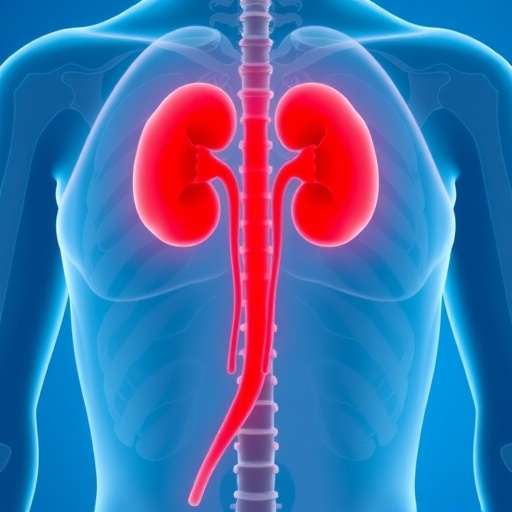NEW ORLEANS, La. (March 6, 2018)-A new study presented at the 2018 Annual Meeting of the American Academy of Orthopaedic Surgeons (AAOS) looked at primary anterior cruciate ligament (ACL) reconstructions among high-level athletes, and found that a return to play checklist decreased the incidence of injury to the knee following ACL reconstruction.
The study, "Safer Return to Play Following ACL Reconstruction: Validation of an Evidence-Based Checklist," sought to substantiate the return to play checklist previously developed by the sports medicine research team at the Rothman Institute in Philadelphia. Using the checklist, Kevin B. Freedman, MD, an associate professor of orthopaedic surgery and sports medicine at the Rothman Institute and Thomas Jefferson University, and his team compared clinical outcomes to determine when it was safe for athletes to return to play following primary ACL reconstruction.
"Historically after ACL reconstruction, orthopaedic surgeons would use time as the major criterion for determining when athletes should return," said Dr. Freedman. "The concept behind the return to play checklist was that the calendar didn't optimally determine functional status to see if the patient had thoroughly rehabilitated or if they remained at risk for reinjury. With our latest study, we were able to put the checklist into motion to compare athletes whose return to play was determined by the checklist to those athletes whose return to play was determined by traditional clinical judgement."
This evidence-based checklist includes seven objective measures-including physical exam findings, functional testing (hop and agility testing, movement assessment for jumping and landing mechanics), and a functional outcome score.
Patients aged 15 to 35 undergoing primary ACL reconstruction were evaluated using the checklist by a trained physical therapist, 6-12 months post-operatively, prior to return to sports. Once they returned to play, patients were followed prospectively to determine the incidence of injury to the knee. The control group used for comparison included patients aged 15 to 35 who underwent ACL reconstruction between October 2012 and October 2014, and were cleared to return to sports by "usual clinical judgment" prior to the development of the checklist.
Among the findings of the research:
- Patients experienced significant decrease in overall ipsilateral knee injury in the checklist group (3.3 percent) compared to the control group (9.8 percent) (p = 0.03).
- There was a reduction in ipsilateral ACL tear in the checklist group (3 percent) compared to the control group (6.6 percent) that did not reach significance (p = 0.12).
- There was a significant reduction in overall contralateral knee injury in the checklist group (0.8 percent) compared to the control group (5.6 percent) (p = 0.02).
- There was a significant decrease in contralateral ACL tear in the checklist group (0.8 percent) compared to the control group (5.1 percent) (p = 0.03).
- Forty percent of athletes who the researchers subjectively thought were ready to return, failed the checklist; however, when the athletes received further training in the areas they failed, most were able to pass within six weeks.
Athletes are typically tested seven to eight months following surgery, and it can be delayed up to nine months. Patients need to pass six of the seven criteria, and if they fail, the patient receives an additional six weeks of training. This research highlights the importance of utilizing functional objective criteria in order to optimally and most safely return athletes to play after primary ACL reconstruction.
###
2018 AAOS Annual Meeting Disclosure Statement
The American Academy of Orthopaedic Surgeons
With more than 38,000 members, the American Academy of Orthopaedic Surgeons (AAOS) is the world's largest medical association of musculoskeletal specialists. The AAOS provides education programs for orthopaedic surgeons and allied health professionals, champions and advances the highest quality musculoskeletal care for patients, and is the authoritative source of information on bone and joint conditions, treatments and related issues.
Visit AAOS at:
Newsroom.aaos.org for bone and joint health news, stats, facts, images and interview requests.
ANationinMotion.org for inspirational patient stories, and orthopaedic surgeon tips on maintaining bone and joint health, avoiding injuries, treating musculoskeletal conditions and navigating recovery.
Orthoinfo.org for patient information on hundreds of orthopaedic diseases and conditions.
Facebook.com/AAOS1
Twitter.com/AAOS1
Instagram.com/AAOS_1
Media Contact
Lauren Pearson Riley
[email protected]
847-384-4031
@aaos1
http://www.aaos.org
http://aaos-annualmeeting-presskit.org/2018/research-news/brophy_soccer/




